Pipeline commands: Metric Mean
There can be many reasons to calculate the mean of a signal from your data. In Visual3D, the best way to do this is to use the metric mean function.
A series exploring the many options available in Visual3D and showing how to use the tools to get the most out of your data.
For more information or to request a topic visit the Visual3D Tools main page.
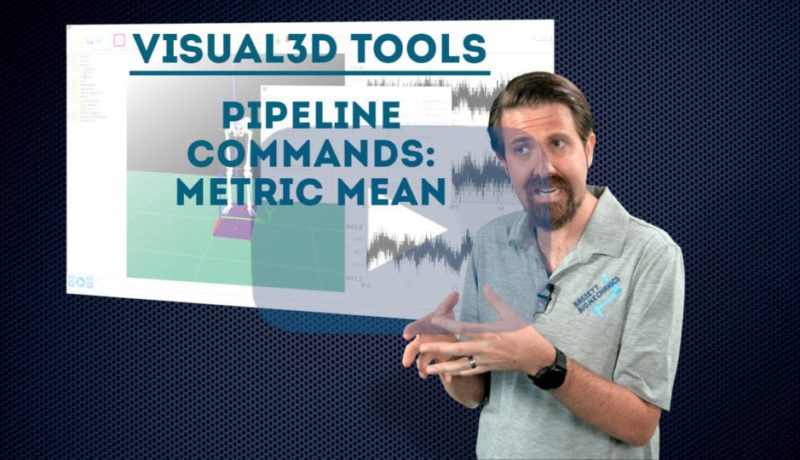
There can be many reasons to calculate the mean of a signal from your data. In Visual3D, the best way to do this is to use the metric mean function.

Keeping your data organized using tags is key to successful and efficient data processing; however, sometimes you find that you have to apply a tag that doesn’t actually apply. In this video, we show you how to remove a tag.
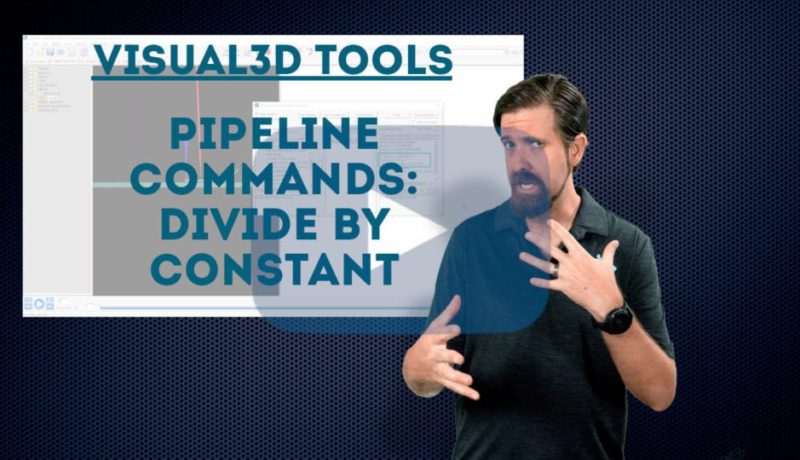
This tutorial shows you how to divide a signal by a constant in the pipeline. Although there are many possible applications for this command, we will use a simple example of converting weight to mass by dividing by the acceleration of gravity.
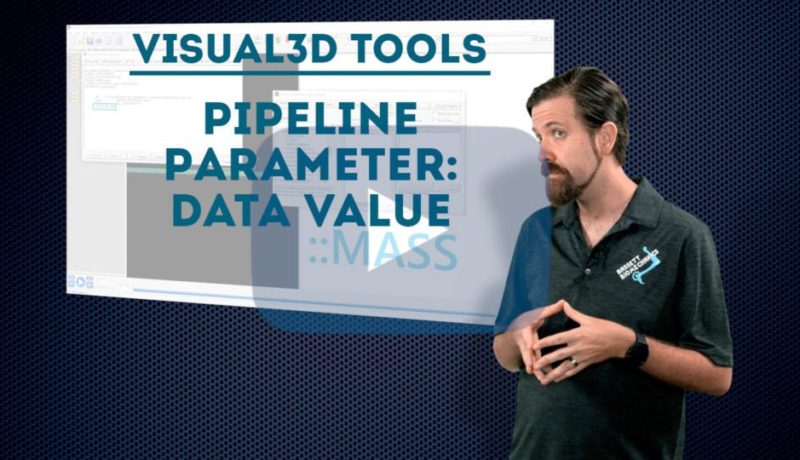
Pipeline parameters are a fantastic tool to keep your pipelines clean and tidy. A key way to do this is to save specific data values as a pipeline parameter. Instead of using a long string, you can simply use an easily readable term.
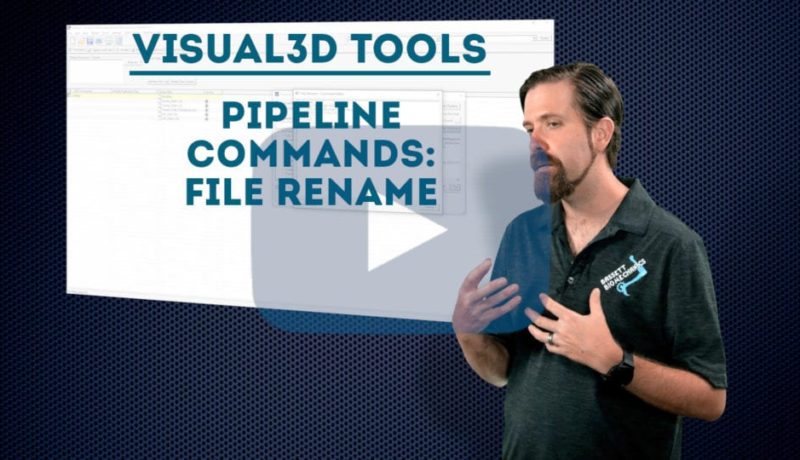
As part of data management, you will often find yourself in need of renaming a file in Visual3D, luckily, there is a pipeline command for that. In this tutorial, we show you how to use this command, and give some examples of when it might be helpful.
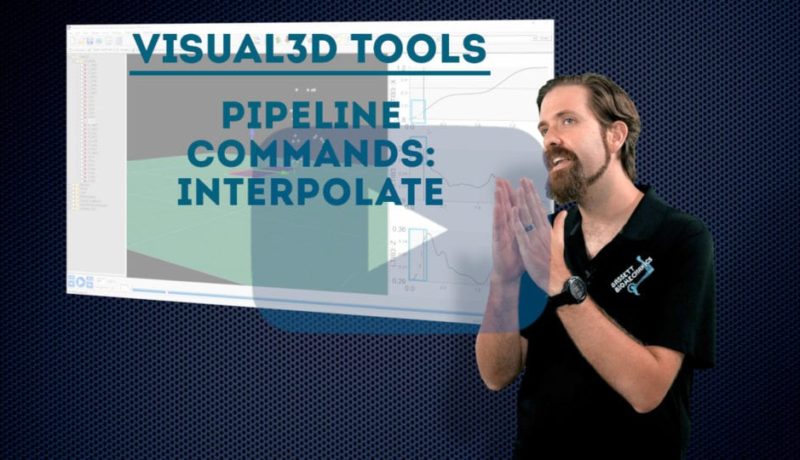
Although we often process our data for gaps before it gets to Visual3D, it happens that we need to interpolate our data from the pipeline. In this video, we walk through the steps and options to fill gaps in your trajectory data.
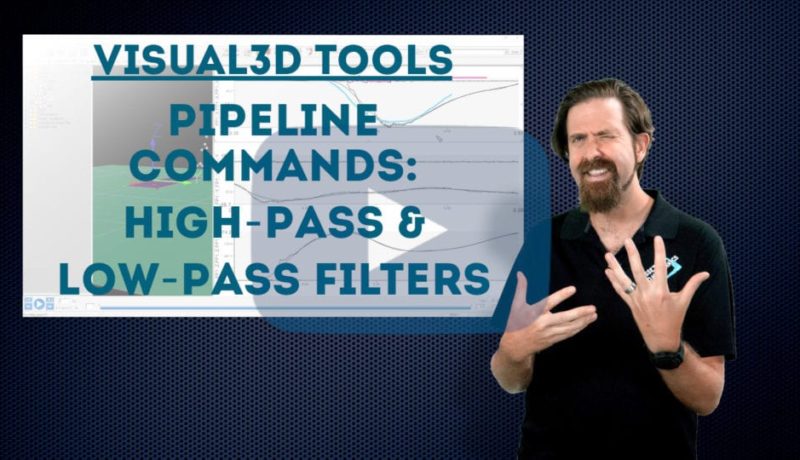
As you automate your data processing in the pipeline, you will likely need to implement high-pass and low-pass filters. As you determine the best ways to use these filters, customizing the pipeline commands will give you full control over your data processing.
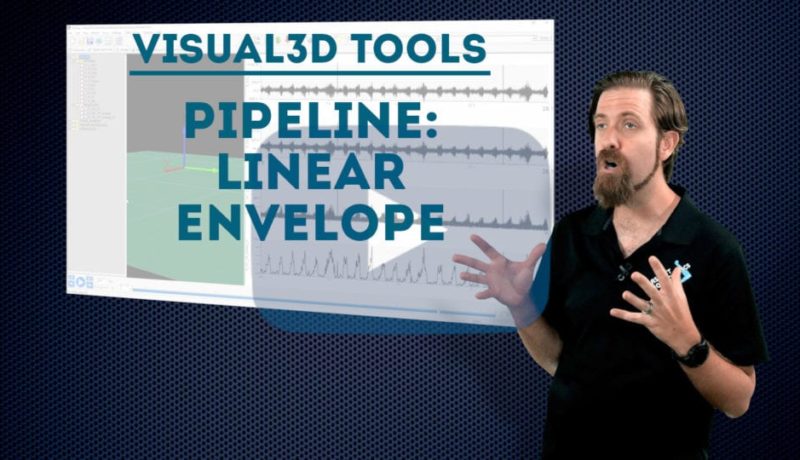
Motion capture data is often used alongside synchronized electromyography (EMG) data, so you will most likely find a need to process muscle activations. In this tutorial, we show you how to create a pipeline to perform linear envelope smoothing of your data. We show you the steps to implementing high-pass, rectify, and low-pass commands on EMG signals.

Butterworth filters are one of the most commonly used and robust filters to processing biomechanics data. In this tutorial, we explore the methods available in Visual3D to use Butterworth filters, from single-pass to high-order with full customizability for both high-pass and low-pass versions.

Although Butterworth filters are very common within biomechanics, there are other ways to smooth your data in Visual3D. In this tutorial, we focus on three types of filters that use windows. Covering average, RMS, and median filters, we show you how to apply these commands from the pipeline.